
Another type of "rose" is also ingrained in Argentinian culture-the variety of massive rhodochrosite called "Inca rose." Translucent to opaque and adorned with delicate banding, its colors range from intense rose-red to every shade of pink. Most eye-catching are polished slabs of rare stalactitic Inca rose adorned with their signature patterns of colorful, surreal, concentric rings.
MANGANESE CARBONATE
Rhodochrosite (manganese carbonate, MnCO3) is a member of the calcite group of trigonal carbonates. It has a Mohs hardness of 3.5-4.5, a specific gravity of 3.5-3.6 and, like calcite, perfect, three-directional cleavage. When pure, rhodochrosite is a deep rose-red, a color that calcium and magnesium ions often lighten to pink and zinc ions alter to brownish-yellow.
Although known since antiquity, rhodochrosite was not scientifically described until 1813. Its name stems from the Greek words rhodon, meaning "rose" and chrös, "color."
Rhodochrosite is widely distributed, but uncommon. As a hydrothermal-vein mineral, it occurs primarily as a minor component of multimetal sulfide deposits, with one major exception-Argentina's Capillitas Mining District.
ARGENTINA'S RHODOCHROSITE BONANZA
A remote, 10,000-foot-high mining district in the Andean foothills of northeast Argentina's Catamarca Province, Capillitas is the sole source of Inca rose. This deposit formed seven million years ago when volcanics intruded Paleozoic granite and associated, metal-rich, hydrothermal fluids filled fractures in both the newly emplaced volcanic rock and the surrounding granite.
The Capillitas deposit has 19 known veins, some more than 2,000 feet in length. All consist of rhodochrosite carrying substantial amounts of copper and traces of gold, silver, lead and zinc. The rhodochrosite occurs almost exclusively as banded masses; crystals are rare and less than one-quarter inch in size.
Diese Geschichte stammt aus der March 2024-Ausgabe von Rock&Gem Magazine.
Starten Sie Ihre 7-tägige kostenlose Testversion von Magzter GOLD, um auf Tausende kuratierte Premium-Storys sowie über 8.000 Zeitschriften und Zeitungen zuzugreifen.
Bereits Abonnent ? Anmelden
Diese Geschichte stammt aus der March 2024-Ausgabe von Rock&Gem Magazine.
Starten Sie Ihre 7-tägige kostenlose Testversion von Magzter GOLD, um auf Tausende kuratierte Premium-Storys sowie über 8.000 Zeitschriften und Zeitungen zuzugreifen.
Bereits Abonnent? Anmelden
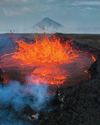
THE BRIGHT SIDE OF VOLCANIC ROCK
As a mineral resource, volcanic rock is decidedly short on glamour.
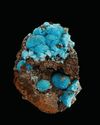
The Other Copper Minerals
12 Lesser-known Collectible Species

MINERAL COLLECTING -AND ROCK & GEM
Evolving Together FOR 54 YEARS
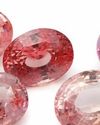
Gemstone Trends
A Look Back at 2024 & What to Expect in 2025
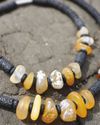
How to Make a GEM BEAD NECKLACE
No Lapidary Experience Needed!
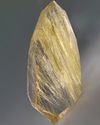
Framing Nature's Art
Faceting Rutilated Quartz for Beginners
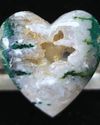
BEDAZZLED BLUE SEAM AGATE
More than several centuries ago, mining was the profession most often seen as befitting of men.
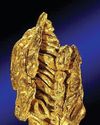
ROCK & GEM FIELD GUIDE:
Spinel is a captivating gemstone with a rich history of being mistaken for gems like ruby and sapphire.
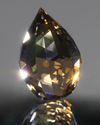
SNAKE SCALE DROP 1.5:1
This Faceting Focus is revisiting the briolette gemstone design because of its popularity with independent and hobby gemstone faceters.
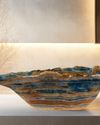
STONE CHIC
How Earth-Inspired Decor Brings Comfort to our Home